Popular Lacrosse Heads
See more Popular Lacrosse Heads
STX Stallion 1K
53 Available

Maverik Tactik 3.0
57 Available
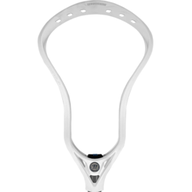
Warrior Evo Qx-O
75 Available

ECD Lacrosse Ion
168 Available

Maverik Optik 3.0
105 Available
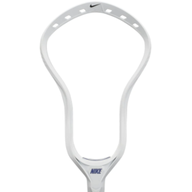
Nike L3
50 Available
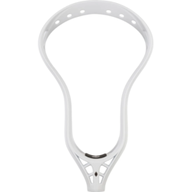
StringKing Mark 2V
88 Available

STX Surgeon 1K
51 Available
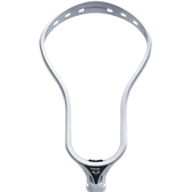
ECD Lacrosse DNA 2.0
45 Available

ECD Lacrosse Mirage 2.0
95 Available

STX Hyper Power
17 Available
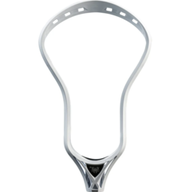
ECD Lacrosse Rebel
81 Available
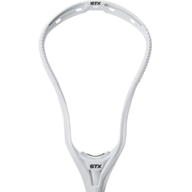
STX X20
16 Available

Maverik Kinetik 2.0
85 Available

Gait D2T
12 Available
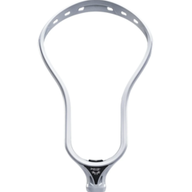
ECD Lacrosse DNA
44 Available

STX Hammer 1K
22 Available

STX X-IT
11 Available

Maverik Tactik 2.0
84 Available

STX Surgeon 900
44 Available

Maverik Kinetik 3.0
56 Available
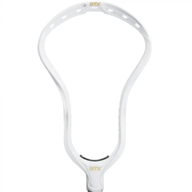
STX Stallion 900
59 Available

STX Ultra Power
39 Available

STX Duel 3
30 Available

StringKing Mark 2A
70 Available
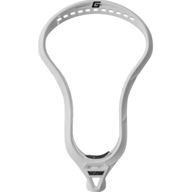
Gait Mustang
19 Available

Under Armour Command
79 Available

STX Duel 2
29 Available
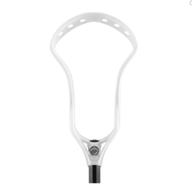
Maverik Kinetik
62 Available

STX Hammer 900
36 Available

Warrior Burn FO
26 Available
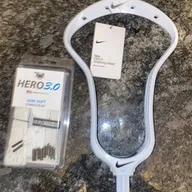
Nike CEO 3
33 Available

STX Stallion
34 Available

STX Stallion 700
42 Available
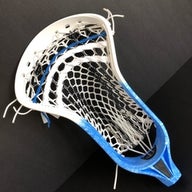
Epoch Z-ONE
40 Available
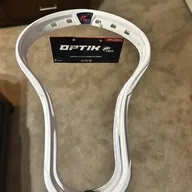
Maverik Optik Force
32 Available

True Hzrdus
32 Available
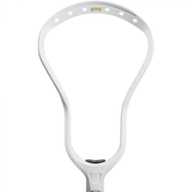
STX Hammer
17 Available
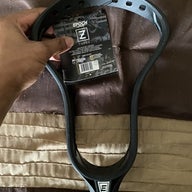
Epoch Z-Three
26 Available
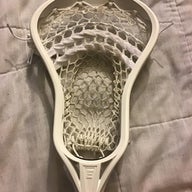
Epoch iD Vision
20 Available
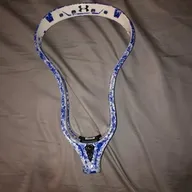
Under Armour Command 2
47 Available

Other Generic
26 Available
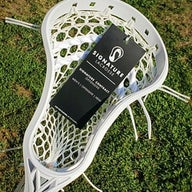
Signature Contract Offense
22 Available

STX Stallion U 550
17 Available

STX AV8
23 Available

STX Super Power
29 Available

True Key
16 Available
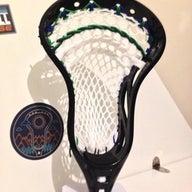
Other Turtle Dome
11 Available

STX Crux
8 Available
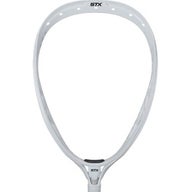
STX Eclipse 2
24 Available
Shop by Brand
STX Lacrosse HeadsSTXMaverik Lacrosse HeadsMaverikECD Lacrosse HeadsECD LacrosseWarrior Lacrosse HeadsWarriorNike Lacrosse HeadsNikeEpoch Lacrosse HeadsEpochGait Lacrosse HeadsGaitTrue Lacrosse HeadsTrueBrine Lacrosse HeadsBrineHEAD Lacrosse HeadsHEADAdidas Lacrosse HeadsAdidasAdrenaline Lacrosse HeadsAdrenalinedeBeer Lacrosse HeadsdeBeerHarrow Lacrosse HeadsHarrowTribe7 Lacrosse HeadsTribe7Cascade Lacrosse HeadsCascadeEaston Lacrosse HeadsEaston
1,361 Results

jbstrings
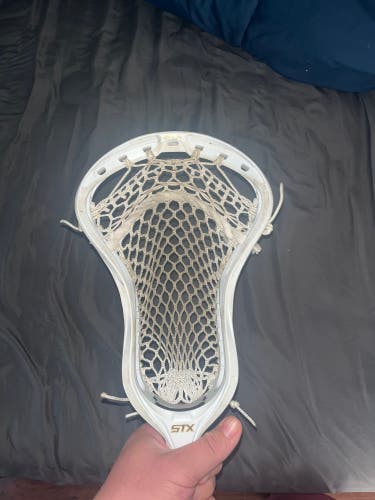
DylanDill
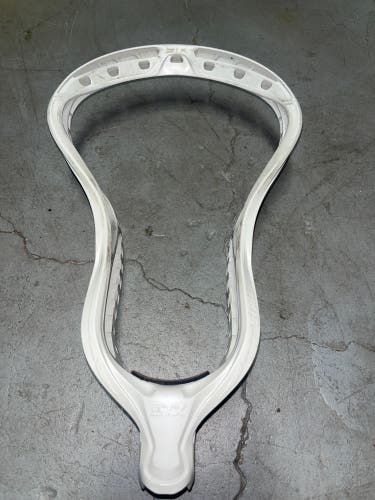
Jpozniak13
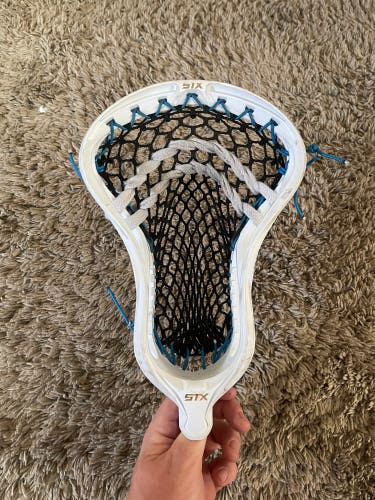
Serinajo
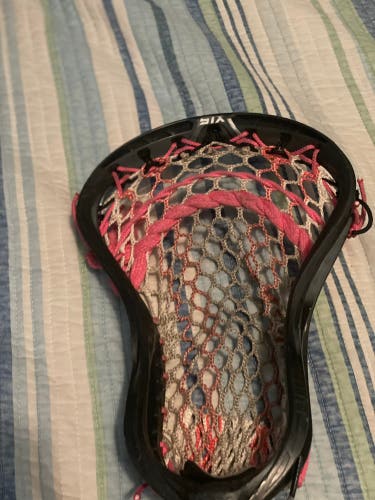
Chinooo

jhan65

IvanSnow

Savino
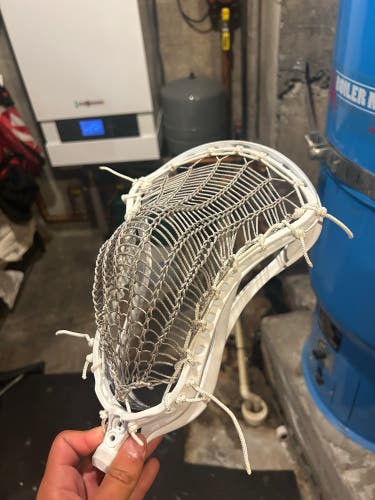
Zachplaylax
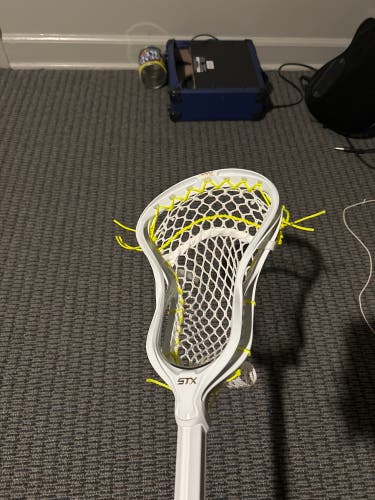
901Stringing
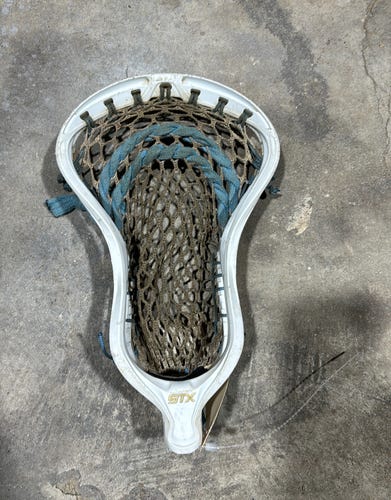
QuickChange
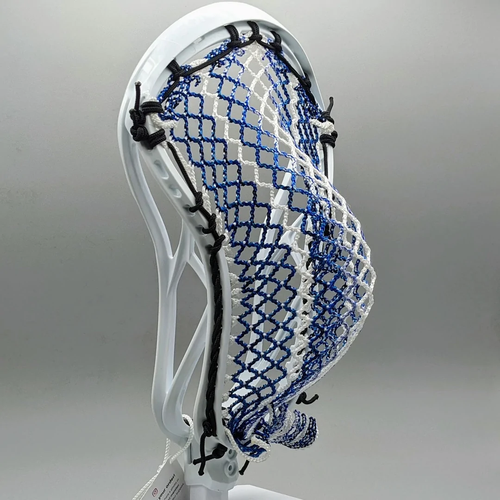
stringtheory
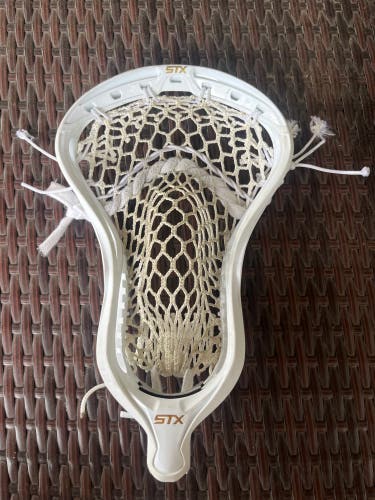
Santangelo11

EazyEmoney217

Ry_lax89
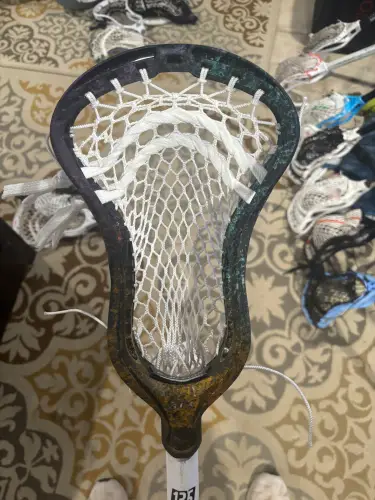
masonk_150

masonk_150

Mattzaca2409

holbertj

Jakeshady11

Jace3
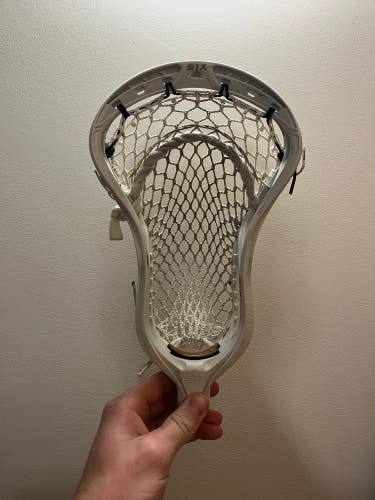
JJack44

c00perlax17

Benaround
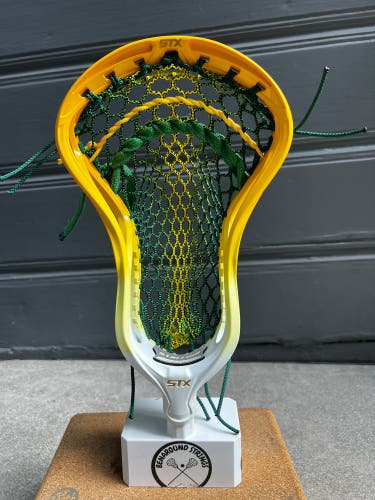
Benaround

Dalton_West2007

QuincyMarino

Dalton_West2007

EmpireSports

PineLacrosse
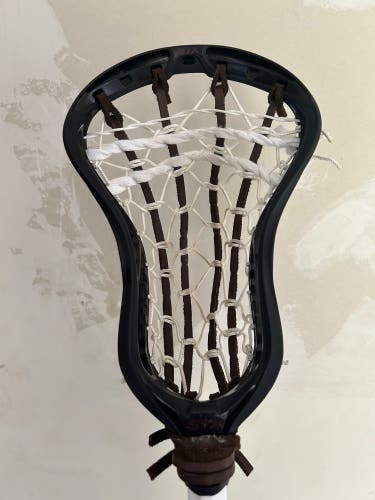
calvinjackowitz
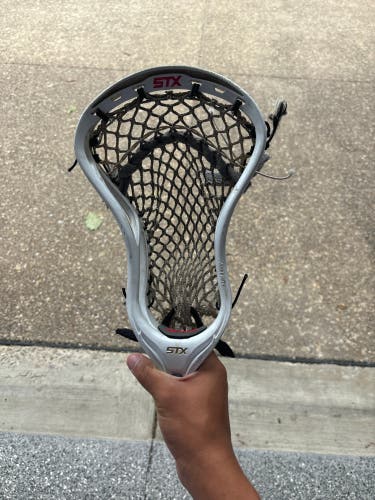
Bradynbelcher
